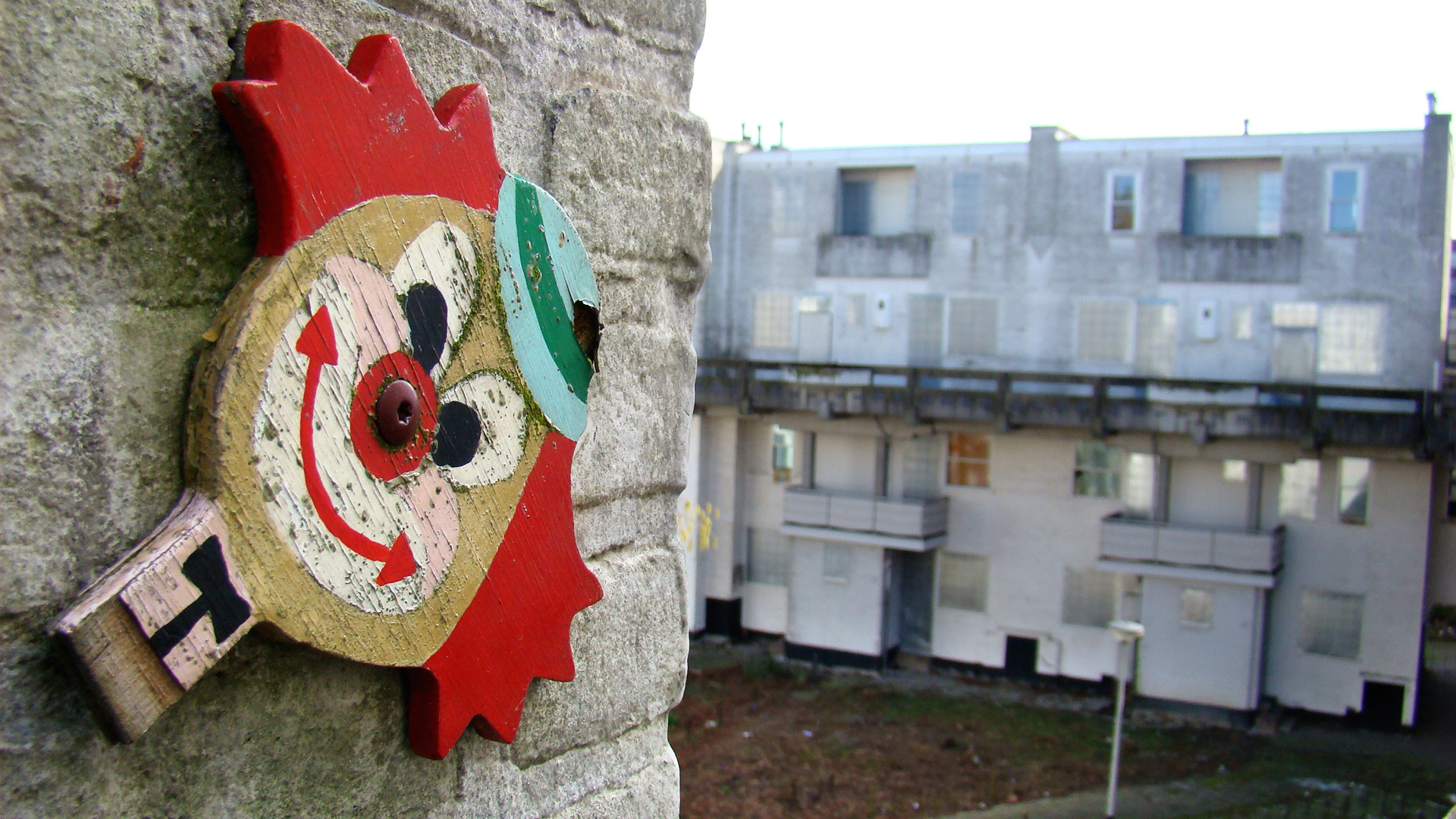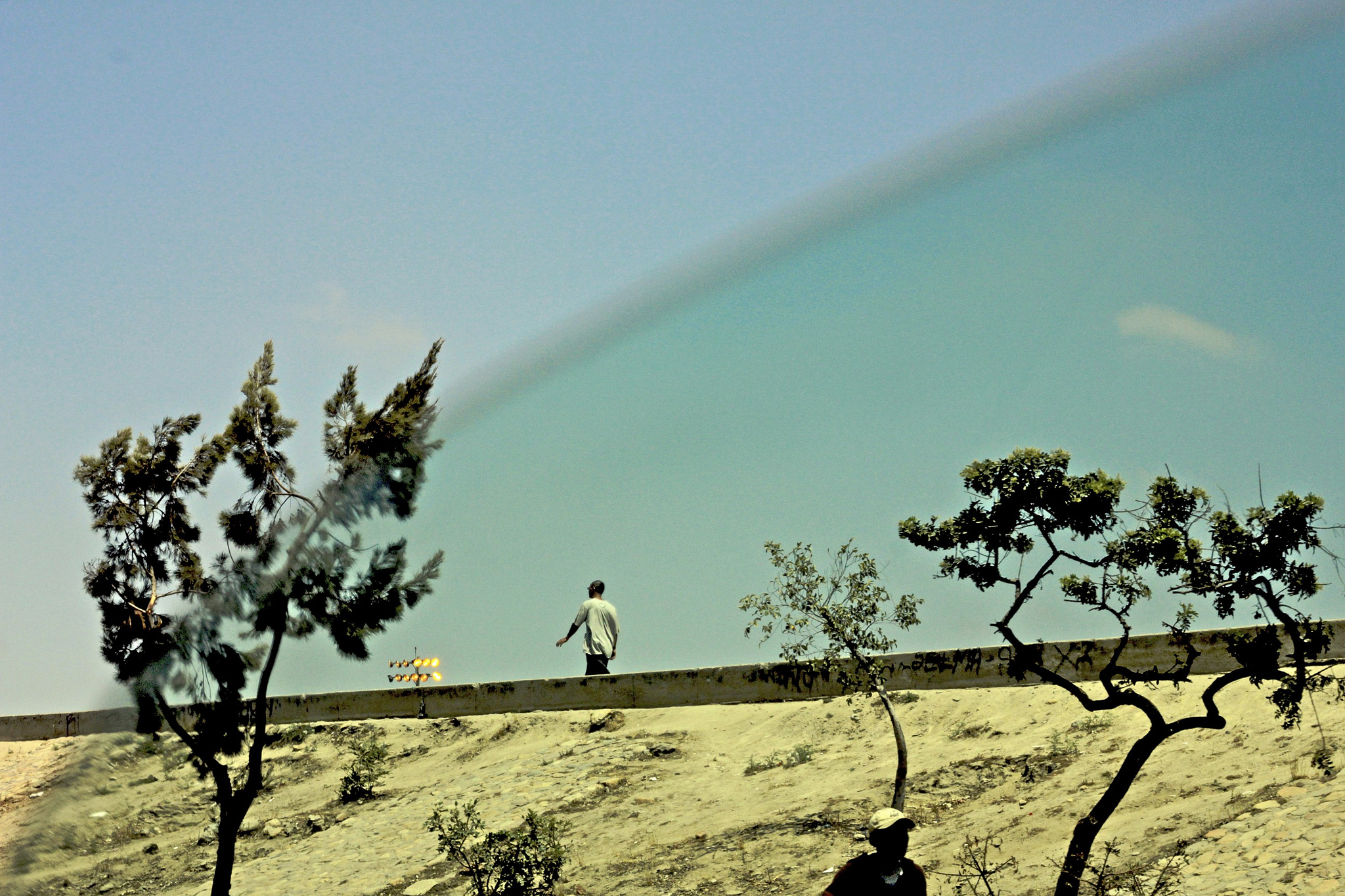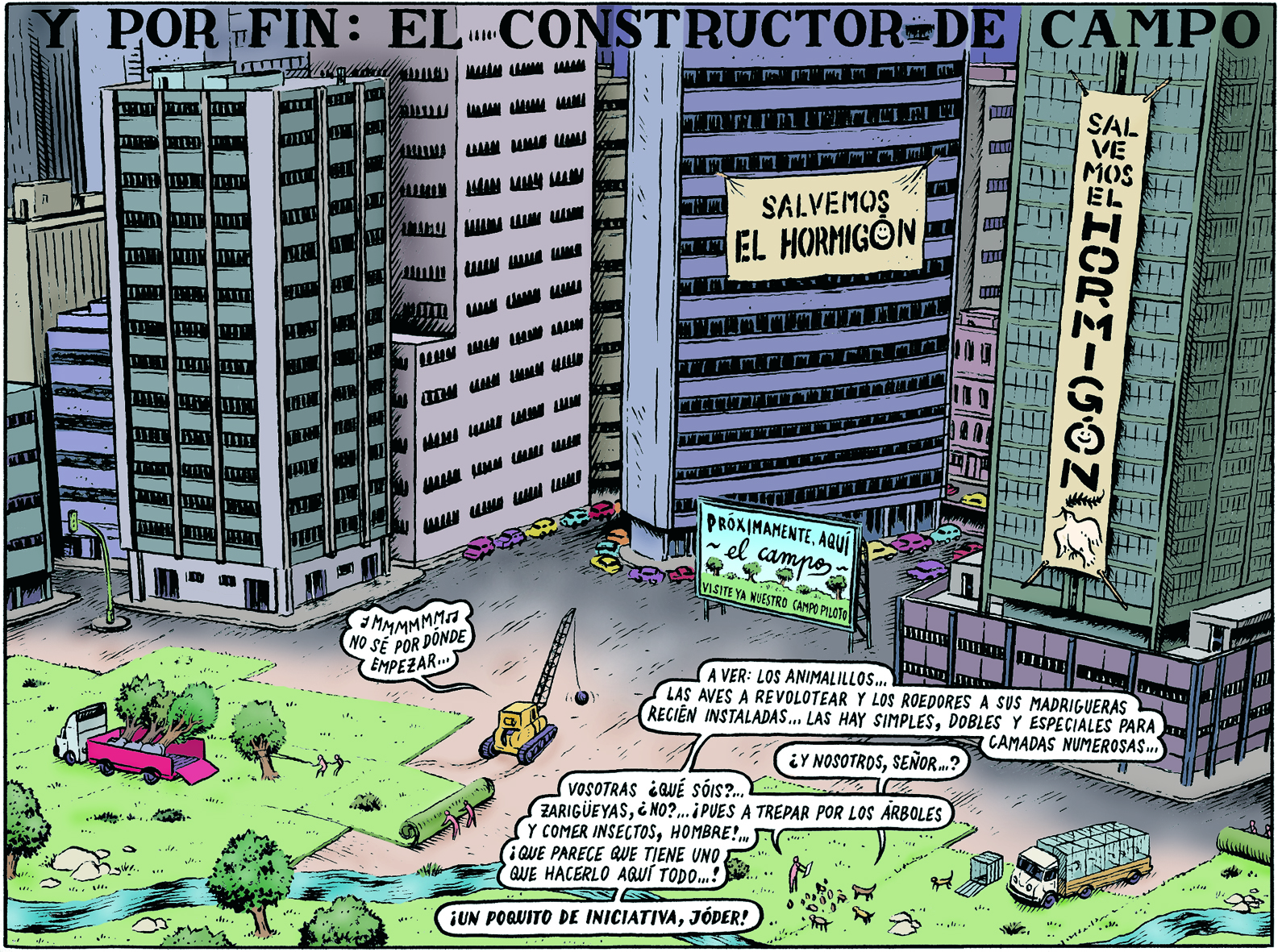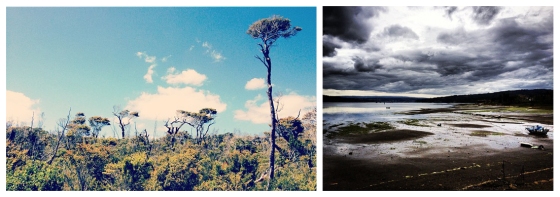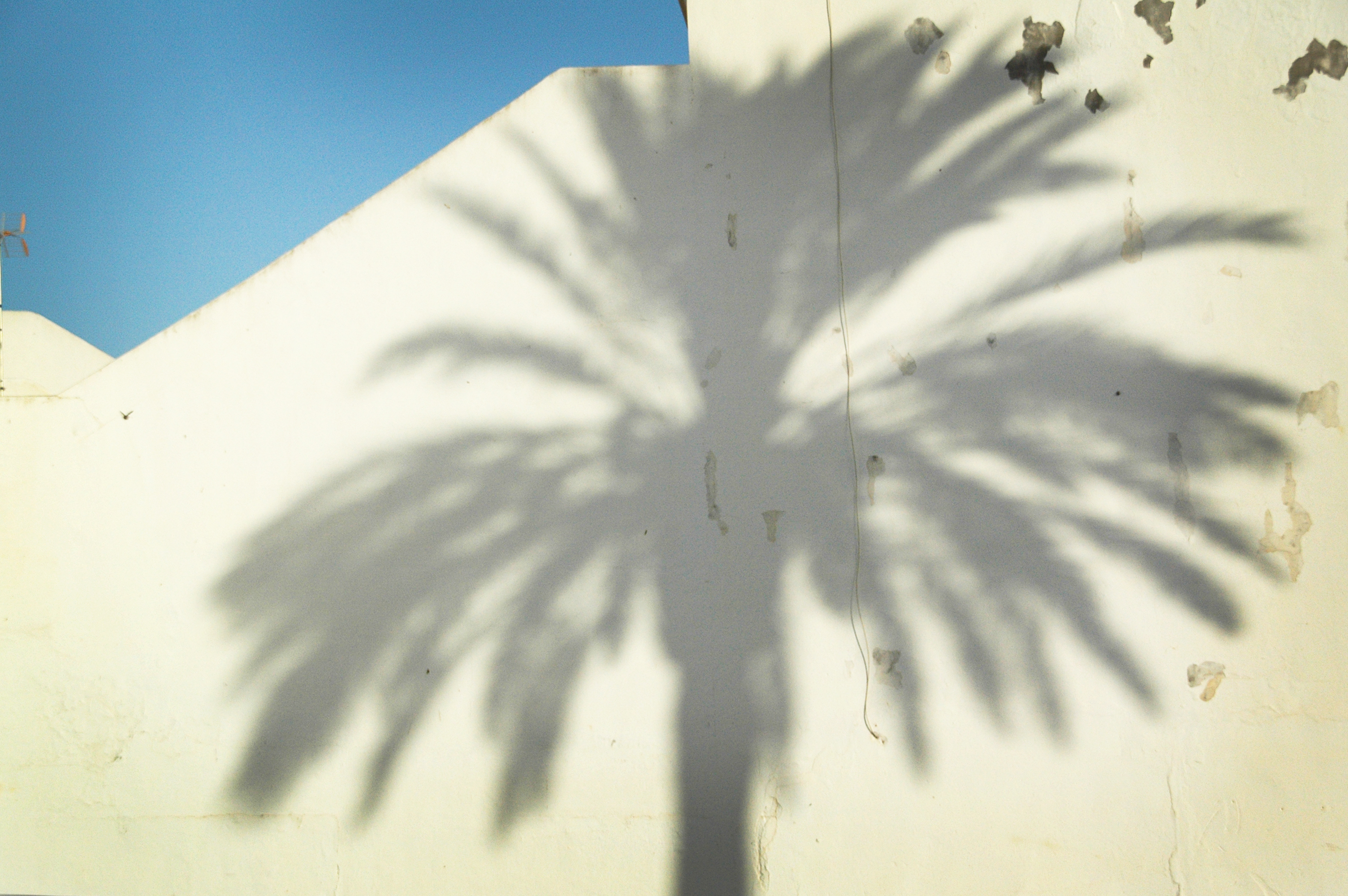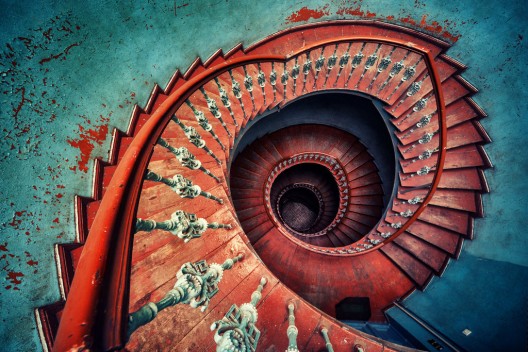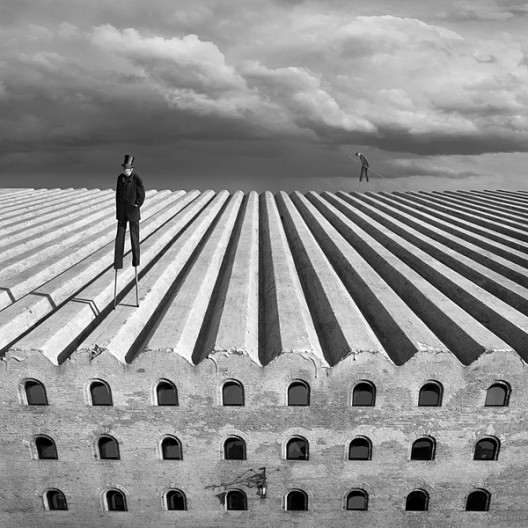The experiment of Community
<<The three of them went upstairs to the “Saddam’s block”, as everyone calls that building in popular argot. Some visionary and cheap Gropius, a middling urbanist, thought that the blocks in the suburbs were structured so ingeniously that, sooner or later, the upper classes would go crazy for living somewhere like this. And, as result of this revolutionary idea, the block where Simpel is living with his family is located in one of the better districts; it’s the worst kind of building, and the aforementioned urbanist, in his blind faith, had to fight for his vision-of-a-block-of-family-housing-for-the-upper-class as if he was fighting for his own life, in order for the building to be constructed in this district. (…)
No one likes the block; and the people who live in the district don’t like the people in the block; just as the people in the block don’t like the people in the district; and, at the same time, the people in the districtdon’t like the block, and the people in the block don’t like the block itself, and they don’t even like themselves. >>
Cocka-Hola Company,Matias Faldbakken
I have been lucky enough to visit several examples of blocks of flats designed by some of the most important architects. I have visited, photographed, observed and walked around them, some of them from the outside and others also inside. I remember with huge interest and admiration El Ruedo by Sáenz de Oíza in Madrid, the Unités d’Habitation by Le Corbusier for Marsella and Berlin, the Spangen State by Oud in Rotterdam or the social dwellings by Siza in Oporto.
Do these blocks really work?

